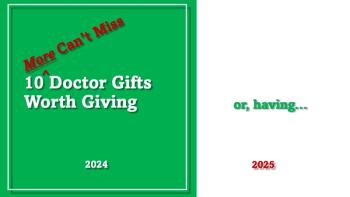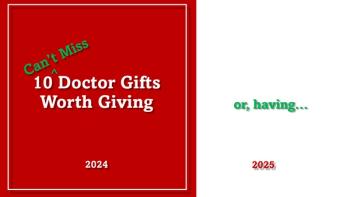
Navigating the Art Investment Market
Usually the bottom line regarding investing in art is don't. But there is money being made every day in the art market, even by investors of modest means.
Usually the bottom line regarding
So for those of you whose interest is piqued, have some fun and spend a few minutes reading, because this is an interesting subject and it may give you some insight not only into the commercial art world but also into investing in general.
People generally buy art for three reasons. The most common is to enhance their decor. It is too often an afterthought left to casual decorator choice and is usually beneath our radars. The second reason to buy art is because the artwork provokes an emotional response that people want to have in their lives. This is how I got started collecting years ago, which led to my establishing
And the third reason people buy art, the least common by far, is
In spite of the occasional headline about some gigantic auction sale ($120 million for Edvard Munch’s “The Scream,” for recent example), the average return over the last 50 years is thought to be about 4% per year, compared to about 6% for the stock market. I say thought to be because unlike most investments, collectibles, including art, do not have one market or index and, to add to the confusion, there is no regulation at all.
Unlike many traditional investments, there is no inherent value in art and it does not produce an income. If you are looking solely for financial return, then the entire enterprise depends not only upon supply and demand but 100% upon the subjective appraisal of a relatively small group of collectors, curators and dealers who inchoately influence the art world. It's all buy low and sell high. To make matters more complicated, your potential gain in appreciation over time is reduced by high transaction fees, insurance costs, storage, security and shipping overhead. Lastly, your potential profit is taxed at ordinary rates, not capital gains.
Because the most definable measure of appreciation is determined by time, plan to hold your investment for at least five years. And by all means
To get started, decide what area interests you. This is important because passion reduces risk and persistence is important if you are to make money. Learn all that you can and most importantly, find a knowledgeable advisor who knows the art world and whom you can trust. If you don't have the time to go the connoisseurship route, there are funds you may invest in to pool your resources with others.
One of the important things that I have learned is that value in art devolves primarily from the artist and his/her story, not just from the work. Yes, any artist's best work will sell for more than their lesser work (again a subjective assessment), but a lesser work of a well-known artist sells for far more than a masterpiece of a relative unknown. I know — life ain't fair. But the marketplace always recognizes and rewards the better marketer in any field of endeavor. Whatever you think of their work, Salvadore Dali and Andy Warhol come to mind as brilliant self-promoters. And that effort turns their production into “investment grade.”
However, a caveat here is to be careful not just to “chase a signature.” The art world is especially rife with forgeries and scams — another reason for you and/or your expert advisor to do careful due diligence.
Most investment markets are: 1) objective; 2) liquid; 3) transparent; and 4) lend themselves to mathematical analysis to estimate risk. That doesn't sound like the art market, does it? Further, to be honest, if not just a bit critical, the art market has been characterized as a “crapshoot, fashion-ridden, full of hassles, capricious, volatile and erratic.”
But if you have the passion, the time and the money, then buying art can be rewarding — financially if not just psychically. However, do remember what one wag said of investing in the art market; “The way to walk away with a small fortune in art is to start with a large fortune.”
Me, I just collect art that I love.
Newsletter
Stay informed and empowered with Medical Economics enewsletter, delivering expert insights, financial strategies, practice management tips and technology trends — tailored for today’s physicians.




